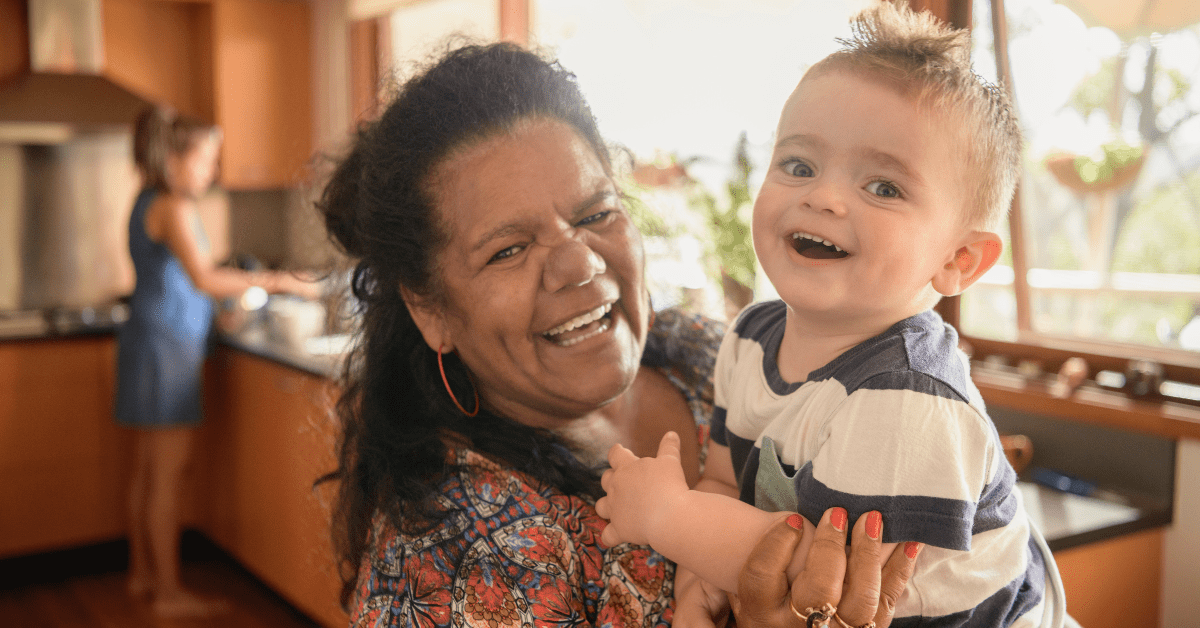Growing up, I had an unsettled spirit. My feelings overpowered my soul. The outer world around me was like the fields that surrounded my childhood in California. The world demanded conformity in neat rows, designed monoculture, and all at the expense of family members toiling in the cold and heat to put food on someone else’s table. There was no escape from the poverty and pain of existence. My inner world was like the rivers, dried up for most of the year, only to flood during storms. Where was inner peace in a world that stirred the soul, so? There was no place of calm—to bring rhythm and balance—except for my grandma’s table. An altar of love, healing, and grace.
Grandma’s table was a place of belonging. A sanctuary beyond time and space. Walking through the front door, one could feel love—warm like the sun on your face. Like the ancient trees of an old growth forest, the pictures of icons and ancestors smiled down on the children as they ran inside the house. My grandma moved silently, gliding from room to room. The only time we heard her steps was when a point needed to be made. As we sat around the table, tonics and medicines were delivered: sometimes in the form of dichos (sayings), and sometimes in the form of food. Her tortillas were bandages for broken hearts. The sound of her listening reverberated throughout the neighborhood.
Prayers lifted for the world at Grandma’s table, prayers for healing the planet, people, and the church. Though there were only six chairs, everyone who wanted to sit found a seat at the magic table. Guests would sit down empty, looking for something or somebody. The body, mind, and soul crave to be fed. Though we were poor, the right ingredients were always present, and everyone left the table full.
Sitting at the table, one found artifacts from the many lives that were saved in that sacred space. Underneath the table, names and joys were etched in wood—a record of stories often left out of history. Circle stains from glasses, the most powerful shapes representing wholeness and connection—remnants of conversations long past—adorned the top of the table as if to remind us to connect with one another. Raw wood exposed itself, just as wounds and scarred hearts bared at the table.
Where are your tables? Where would you go to calm your inner waters? What sanctuaries can you turn to when life becomes unbearable? In my work preparing the next generation of pastors and scholars of color, I turn again and again to my grandma’s table. It was a place of faith formation. It was where I learned how to lead—deep care and love guided my grandma’s vocation. She provided safety at the table, when the world felt psychologically, physically, socially, and spiritually unsafe. I am not trying to convince you that my grandma’s table is the only place to find the divine, but it does remind us that faith happens in many places beyond the church walls. Sharing divine love where we see it in the world is sharing good news with a world that is disturbed by horrifying headlines.
This is also an invitation. If you do not have a place, my grandma’s table invites and welcomes you. All are loved there. Mijo, Mija, you belong to my grandma, and I look forward to sharing a meal with you at her table.



